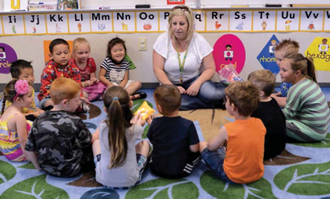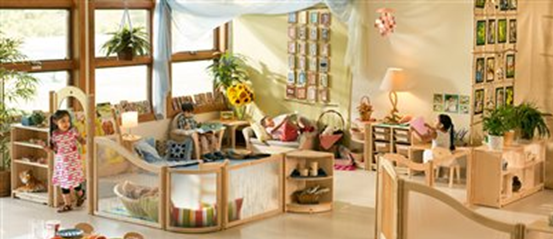In Colorado, approximately 103,000 children ages 0 to 5 are identified as Dual Language Learners (DLLs), which means they have at least one parent who speaks a language other than English at home. This represents about 27% of all children in that age group.
In general, the development of a second language follows these predictable stages:
|
Stage
|
Description of Stage of Second Language Development
|
|
1st stage
|
The child uses their home language to try and communicate
|
|
2nd stage
|
The child figures out that it is not successful to use the home language, so they pass through a period of observation and listening
|
|
3rd stage
|
The child attempts to use new language in a more abbreviated form through the use of one or two-word sentences
|
|
4th stage
|
The child begins to use more elaborate phrases and short sentences to communicate in the new language
|
While some express concern that learning more than one language is confusing or delays children’s development, there have been no negative effects of bilingualism found in research. According to Gigi Luk, an associate professor at Harvard’s Graduate School of Education, “bilingualism is an experience that shapes our brain for a lifetime.” There are many potential benefits to knowing more than one language, including: increased ability to pay attention, better reading of social cues, better reading ability, better school performance and engagement, increased comfort with diversity and different cultures, and even protection from age-related dementia[4] It’s important for educators to support and advocate for the maintenance of children’s home languages for both the benefits mentioned here but also because,[5] “[t]he child’s first language is critical to his or her identity. Maintaining this language helps the child value his or her culture and heritage, which contributes to a positive self-concept.[6]
Children who are English learners bring a wealth of ability and knowledge as well as varied cultural backgrounds to early childhood settings; English learners also require curricular adaptations to make the most of their abilities while they progress toward full English proficiency. The high-quality early childhood practices described in the other domains will also benefit preschool children who are English learners, but they may not be enough.[7]
There are many resources available to support teachers of children who are English Language Learners:



Feedback/Errata